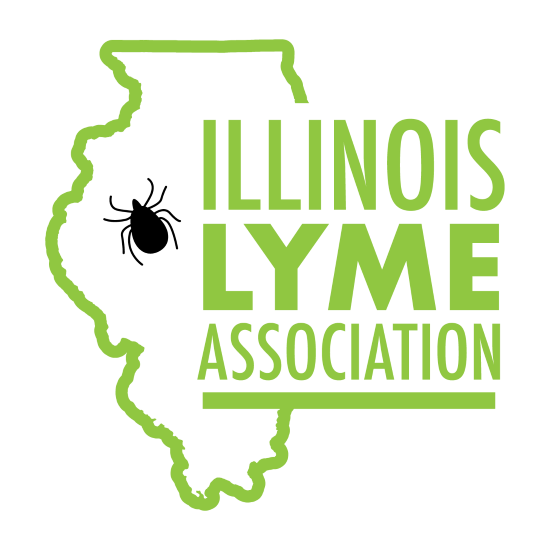Important Tick Information!
The Illinois Lyme Association (ILA) is working extremely hard to bring to light to the hidden epidemic of Vector-Borne diseases through building partnerships and collaborative efforts. With the current situation, people are spending more time outdoors hiking, gardening, and the hunting season is quickly approaching. Therefore, learning prevention and protection methods are essential.
This is the second year of surveillance efforts in Illinois with the Illinois Department of Public Health and the University of Illinois - INHS Medical Entomology Lab. Their work is invaluable as they are uncovering eye-opening data. Has Lyme disease been detected in your county? All surveillance results are listed at IDPH interactive map and updated regularly: IDPH TICK MAP. This is a great tool for medical providers also!!
Did you know that of the ticks tested, almost 43% are positive for Lyme Disease? More testing needs to be done and the results are preliminary, but this is very shocking! A newer pathogen found more widespread is Borrelia miyamotoi. This can cause the exact symptoms as Lyme Disease, generally no bullseye type rash will be found, and you will not test positive on a standard Lyme Disease test. Another overly concerning situation is the Gulf Coast tick becoming more established in 14 southern Illinois counties. This tick is primarily responsible for Rickettsia Parkeri, or Tidewater Fever, which has remarkably similar symptoms to Rocky Mountain Spotted Fever, high fever, and red spotted rash. The main difference is the presence of an eschar (or scab) at bite mark. INHS – Medical Entomology Lab is finding the Gulf Coast tick infected at a rate of 63% as of July 31, 2020.
Following that shocking information, you can see why prevention is vital. When you or your family go outdoors, wear light colored clothing and be sure to treat your clothing, gear, and boots with Permethrin. Follow application instructions on the can. Basically, you spray it on, let it dry and it is good for several washes (permethrin is not for your skin and be careful spraying around cats). Permethrin gives ticks something called hot feet, causing them to die and fall off.
To help prevent ticks in your yard, make sure you keep your grass cut short, deter any wildlife, clean up any debris and keep any wood piles etc. away from your yard. You can spread “Flea and Tick” granules over the yard with a walk behind spreader. Be sure to treat your pets with a flea and tick preventer.
When you come inside, be sure you throw your clothes into the dryer on the hottest setting (unless you have been in poison ivy of course) and jump in the shower! Check for ticks everywhere.
If you do find a tick, use forceps, or fine pointed tweezers to get as close to the skin as possible and pull with a slow steady pressure. Do not twist, burn or put any oil on a tick to get it to “back out”. The point is to get it off as quickly and intact as possible. Otherwise the tick can regurgitate bacteria into your bloodstream much faster. Treat the bite thoroughly with antiseptic and SAVE THE TICK in a Ziploc to send in for testing. For instructions to have a tick tested, please see our Blog post titled: Bitten by a Tick? Here is What to do Next.
If you get a rash or are not feeling well, call your doctor right away. Symptoms can take 30 days to begin. By then most people have forgotten about that tick bite and do not associate the symptoms they are experiencing with it. ILADS, International Lyme and Associated Diseases Society recommends 20 days of prophylactic antibiotics for all black legged tick bites. A link to their guidelines, ILADS. You can print these off and share them with your provider.
The Illinois Lyme Association offers presentations to any groups, organizations or medical providers that wish to learn more about tick-borne disease. Please contact us at jen@illymeassociation.org or 309-582-6735. You can follow our efforts on Facebook: @illinoislymeassociation.
Please protect yourself now. The only cure for tick-borne disease is prevention.

